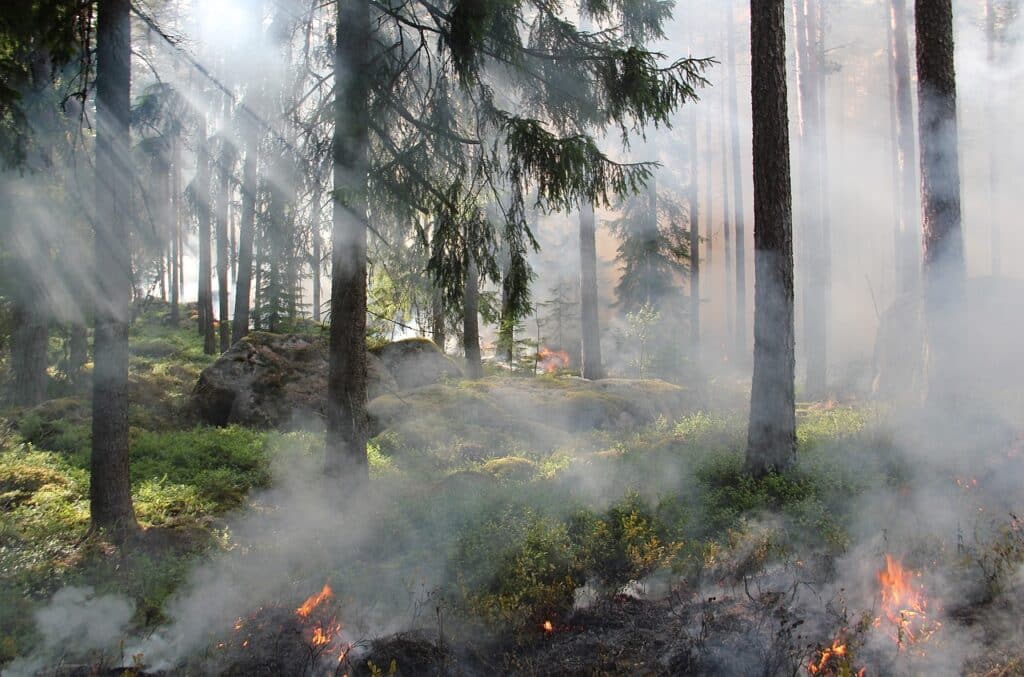
The river islands of the Brahmaputra, known locally as ‘char-chaporis,’ cover around 3.60 lakh hectares of land and are home to approximately 24.90 lakh people, nearly 10 percent of Assam’s population (Economic Survey, 2002-03).
The residents of these islands, mainly Bengali-speaking Muslims, face constant threats and erosion during the monsoon season.
The Brahmaputra basin experiences significant erosion and shifting river channels, making the area highly prone to floods, which significantly impact the lives and livelihoods of the people living there. Additionally, the densely populated nature of the char-chaporis exacerbates the flooding.
The Brahmaputra, often described as a ‘geological wonder,’ has historically supported seasonal agriculture and other farming activities, despite frequent floods, as noted by Assamese historian Arupjyoti Saikia (2019).
Originally, the area’s fertile land was cultivated by the Ahom kings, who built embankments and promoted agriculture.
Throughout history, the Brahmaputra has also sustained fishing, boat-making, and gold washing, particularly during the Middle Ages and the Ahom rule and early colonial era. Even during the colonial period, the river islands were a significant revenue source. In postcolonial Assam, they continue to be vital for many people’s livelihoods.
In my fieldwork, I’ve encountered stories that highlight both the affection people have for their chars and their persistent fear of eviction, displacement, and statelessness, which I’ll discuss further in the next section of this essay.
Viewed by Monirul, Hafza, and Junaid
One afternoon, I asked Monirul, a 37-year-old char dweller, what living on the river island means to him. He replied, “Our life is tied to this river island. Without it, we’d have nowhere to go, nowhere to sleep, and nothing to eat.” Despite the lack of safety equipment in his wooden fishing boat, Monirul relies on fishing and grows watermelon in a small piece of land on the char area during the summer.
Financial constraints are a challenge, but Monirul strives to make ends meet. Hafiza, a 45-year-old widow with five children, emphasizes the significance of the river in their lives, stating, “We are river people; the river means everything to us.” Their lives and identities have been profoundly shaped by the river and its islands over time.
Junaid, aged 60, expresses a deep connection to the river, saying, “We grew up here and will die here. My parents lived on this river island. Though the islands erode and vanish, we remain.”
Although I grew up in Assam and attended a Roman Catholic school, I’ve been largely sheltered from the flooding and changes of the Brahmaputra. However, during my fieldwork, I encountered Monirul, Hafiza, and Junaid, who illustrate that being a “river person” means being molded and influenced by the Brahmaputra itself.
Identity and displacement
The char inhabitants, despite their love for the river, constantly fear eviction, displacement, and loss of livelihood. They also struggle with conflicts of identity and ethnicity. The Bengali-speaking Muslims, who make up the largest group among them in Assam, have tried to blend into Assamese culture, facing both acceptance and rejection. This adds to their identity conflict.
Historically, during British rule, the char dwellers were denied land ownership, and the colonial Line System marginalized them further. Today, they remain a transient population in the eyes of the state. They lack coverage under social security schemes, and many were excluded from the National Register of Citizens in 2019, causing mental and emotional distress and leaving them at risk of statelessness.
Concluding remarks
The essay demonstrates a postcolonial situation where the ‘river people’ struggle with the lasting effects of colonialism, which focused on exploiting resources. They also deal with ongoing identity politics, leading to a precarious existence. It discusses how these marginalized communities live in fragile environments and how government actions on the river islands contribute to these risks.


